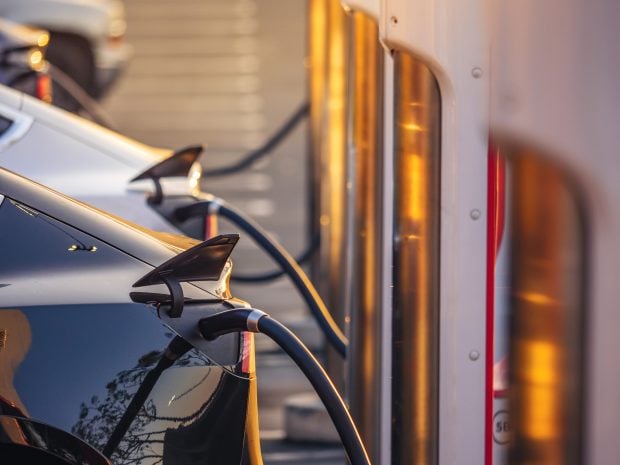 Source: AdobeStock.
Source: AdobeStock.
As sales of electric vehicles hum, CU Direct is wiring together a feature that will allow credit unions to participate more easily in lending to buyers of Tesla, the largest maker of EVs.
Bob Child, COO at CU Direct, said the Irvine, Calif.-based CUSO expects to have a system working later this year that will allow online Tesla shoppers to pick a credit union as a lending option.
Recommended For You
The chief goal is to "keep credit unions in the game," he said.
In an interview with CU Times Monday, Child said credit unions have been faring well this year in auto lending, despite challenges from sales channels that steer around credit unions, rising interest rates and limited supplies of new cars.
CU Direct owns the CUDL auto lending network, which last year funded a record $46.9 billion in vehicle loans through its network of 16,000 dealers.
CUNA data showed credit unions held $272.3 billion in used car loans Feb. 28, up 12.3% from a year earlier. New car loans rose a bare 0.5% to $145.3 billion.
In the first quarter, Childs said total automotive loans funded were about 20% higher than in the first quarter of 2021. New car loans were up 5% in the first quarter, while used were up about 22%.
The shortage of computer microchips has crimped vehicle production for more than a year, shifting more buyers into the used car market. Before the pandemic, about 74% to 75% of auto loans funded were for used vehicles.
"That number is approaching 77% in 2022," Child said.
And the shortage began pushing up used car prices last spring. Cox Automotive found the average listing price for a used car was $27,246 at the end of March, down slightly from February but still 28% higher than a year earlier.
"That's just insane," Child said.
Higher interest rates so far have not had a noticeable impact on lending volumes, Child said.
One reason is that rates have been going up in March and April as tax refunds arrive. Refunds are the primary factor that usually make March the biggest month for used car sales. Cox Automotive analysts said IRS delays in delivering refunds are likely to shift the spike this year to April.
Child said the effect of higher interest rates is likely to become apparent in May as the refund factor disappears.
Meanwhile, with prices and interest rates rising, the only way for buyers to reduce monthly payments is through longer terms.
Longer terms have become more common. Loans with 72-month terms are now 42% of loans, up from 32% before the pandemic. Loans with 84-month terms are now about 11% of loans, up from 5% before the pandemic.
The limited production of new cars during the pandemic will be felt in the used car market.
"In a year or so, you'll start to see a tightening in the used car market."
One factor that could provide relief is electric vehicle production. So far, Tesla, based in Austin, Texas, and Rivian Automotive, Inc., based in Irvine, Calif., have avoided the chip shortages and have been ramping up production.
Tesla delivered more than 936,000 vehicles last year, up from 499,550 in 2020 and about 367,500 in 2019.
Rivian, founded in 2009, delivered 920 vehicles last year and another 1,227 vehicles in the first quarter, which it said puts it on track to meet its goal of selling 25,000 cars in 2022.
As new companies, Tesla and Rivian are not bound by laws that require older manufacturers to sell through dealers. Instead, they sell directly.
Consumers ordering a Tesla online have a drop-down menu of lenders, which has included some credit unions. However, Tesla wants a limited number of options on the drop-down menu.
Child said CU Direct's agreement with Tesla will allow the development of a system in which one of the choices would be something like "A credit union."
When a consumer picks that choice, a decisioning engine will direct the loan to one of the qualifying credit unions that are part of the program. The loan will be directed based on lender preferences for terms, credit scores and other criteria.
Child said one of the goals is to allow credit unions to move in or out of the lender lineup depending on their lending appetites. For example, one major credit union that had been an early Tesla lender has now pulled back because its portfolio gained too much EV concentration.
On this program, credit unions must have robust technology to handle the loans. "Timeliness is critical," Child said. "If timeliness is a problem, that will create an issue."
© 2025 ALM Global, LLC, All Rights Reserved. Request academic re-use from www.copyright.com. All other uses, submit a request to [email protected]. For more information visit Asset & Logo Licensing.








